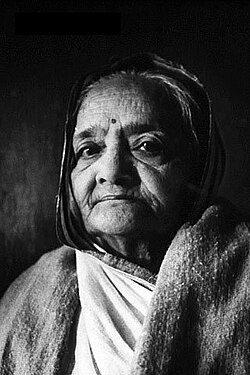
We walk past her statue, work in her hospital, and invoke her name often. But how many of us know who Kasturba really was before she became Gandhi’s Ba?
Ask anyone in Sevagram today, and chances are—not one person might recall who she is. Or who she was.
Until you pause and whisper her name. Kasturba. Kasturba Gandhi. Kasturba Hospital.
Yes—Kasturba was born Kastur, daughter of Vrajkunwer and Gokuldas Kapadiya. Born into comfort and privilege, she was a fair, bright child—six months older than Mohandas Karamchand Gandhi, who would become her husband when she was just fourteen.
Her name, Kastur, comes from musk—that mysterious, alluring scent drawn from the navel of the male musk deer. A fragrance rare, deep, and enduring.
How fitting, then, that a hospital carrying her name would one day spread its own fragrance—of healing, compassion, and service.
What began in the 1940s as a small hospital in Sevagram, serving the poor and the sick, grew—within twenty-five years—into MGIMS, a teaching institution that drew young minds from across the country. Here, they learned medicine not merely from books, but from patients, from simplicity, from empathy.
And true to its name, Kasturba Hospital filled the Sevagram air with its own scent—of care that healed, of knowledge that inspired, of ideals that endured. The fragrance travelled far, through the thousands of doctors it nurtured—each carrying a bit of Sevagram’s soul wherever they went.
Kasturba died in Yerwada Jail in 1944, of pneumonia—denied penicillin that might have saved her life. Yet, if she could see Sevagram today, she might smile to know that the hospital named after her lives, breathes, and heals. That it took root, blossomed, bore fruit—and still carries her fragrance.
How many of us, I wonder, ever paused to think that Kasturba was once Kastur Kapadiya?
That the story of Sevagram’s hospital began not just with Gandhi, but with her name—and her fragrance.